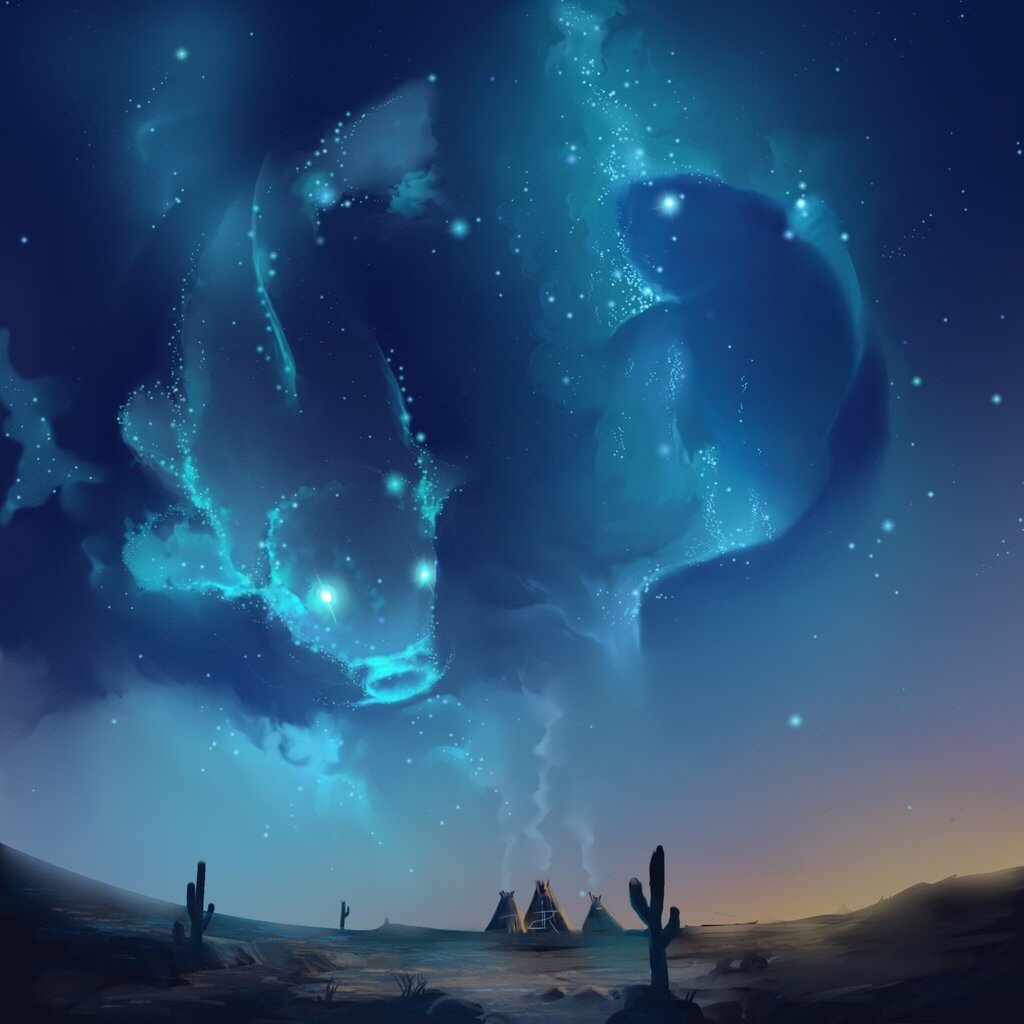The Constellation Pisces
The name Pisces comes from the Latin plural for fish and easily seen with the naked eye. It lies between Aquarius to the west and Aries to the east. Pisces was known in ancient times and the ancient Greeks associated Pisces with Aphrodite and Eros. To escape the demon Typhon, they jumped into the sea and transformed themselves into fish. So they didn't lose one another, they tied themselves together with rope. The Romans used the same story but replaced Aphrodite and Eros with Venus and Cupid.
Pisces, like almost every constellation, isn't made up entirely of stars. The main stars in Pisces are quite dim. The star Van Maanen is a white dwarf star with 68% the Sun's mass but only 1% of the radius. This was once a massive star that had a supernova explosion leaving behind the core, the white dwarf we can see now. Although it doesn't generate any energy.
Van Maanen is the closest star to us in Pisces at 13.9 light years away. The rest are all over 100 light years away. The furthest being Beta Piscium, a blue star 410 light years away.
Pisces has a number of galaxies inside its boundary. M74 is a spiral galaxy similar to the Milky Way at a proper distance of 30 million light years away. NGC 520 is actually two galaxies in the process of colliding. Two enormous galaxies merging into one.
This sounds much more Hollywood than it is in the cosmos as all the stars are so far apart. It's most likely there will be very few if any stellar collisions.
Galactic collisions are quite common and our own galaxy will one day collide with the Andromeda Galaxy. This won't happen for a few billion years and even if we lived through it, nobody would really notice anything given all the stars are so far apart.
Next up Aries.
Jude Morrow




